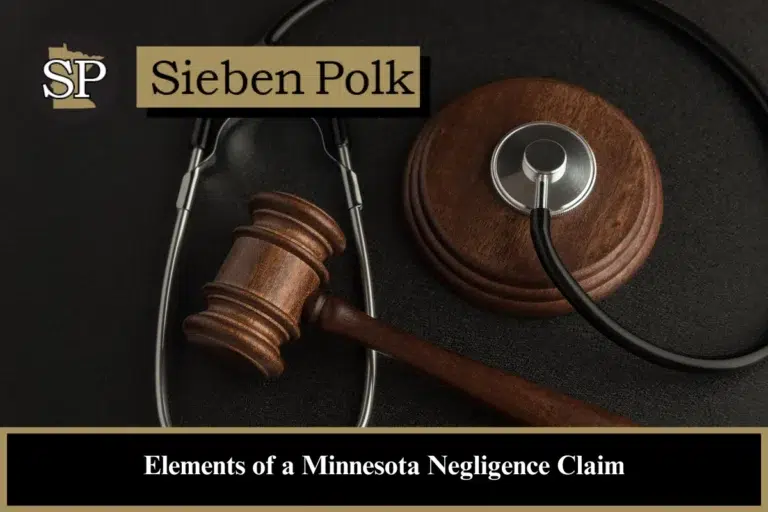A settlement demand letter is a document sent to the opposing party explaining your injury, the damages suffered, and the compensation you seek. This letter is essential in beginning settlement negotiations without needing a trial.
Navigate This Page
- Why Is a Settlement Demand Letter Important?
- Key Elements of a Settlement Demand Letter
- What Should I Include in My Settlement Demand Letter?
- Do I Need an Attorney to Write a Settlement Demand Letter?
- Tips for Writing a Strong Settlement Demand Letter
- Example of a Settlement Demand Letter
- How to Deliver a Settlement Demand Letter
- What Happens After Sending a Settlement Demand Letter?
- How Long Does It Take to Settle a Personal Injury Case?
- Contact Our Personal Injury Lawyers for Help with Settlement Demand Letters
- Related Reading
Why Is a Settlement Demand Letter Important?
Settlement demand letters can speed up the compensation process by avoiding lengthy court cases. Even if the opposing party does not agree to the terms immediately, it sets the stage for negotiations.
Key Elements of a Settlement Demand Letter
A settlement demand letter should include:
- Incident Description: How your injury occurred
- Injury Details: The types of injuries suffered
- Damages: Quantifiable financial losses and non-economic damages like pain and suffering
- Legal Basis: Why the recipient is responsible for your injuries
- Settlement Proposal: Terms you will accept to avoid court
What Should I Include in My Settlement Demand Letter?
When preparing your settlement demand letter, ensure it includes:
- A description of the incident
- Legal justification for holding the recipient responsible
- A summary of both economic and non-economic damages
- A clear compensation demand
Do I Need an Attorney to Write a Settlement Demand Letter?
Although hiring an attorney is not mandatory, having one is beneficial. A lawyer can help calculate fair settlement amounts, explain relevant laws, and draft a persuasive letter that increases your chances of success.
Tips for Writing a Strong Settlement Demand Letter
Consider these tips to make your letter more effective:
- Be Professional: Avoid offensive language
- Be Clear and Concise: Stick to the facts
- Provide Relevant Evidence: Attach documents that support your claim
- Set a Deadline: Request a response within a reasonable timeframe
Example of a Settlement Demand Letter
Here’s a simple template you can use to structure your letter:
- Re: [Brief Description of the Dispute]
- Background: Include the dates and details of the incident
- Legal Position: Reference relevant laws and legal principles
- Claims and Damages: List the specific damages and claims
- Settlement Proposal: Specify the terms of your settlement
How to Deliver a Settlement Demand Letter
Always send your letter via certified mail to ensure proof of delivery. Using certified mail with a signature requirement is crucial for documentation purposes.
What Happens After Sending a Settlement Demand Letter?
Several outcomes can occur after sending your letter:
- The opposing party agrees to the terms, and the dispute is resolved.
- They reject your initial offer but open negotiations.
- If the letter is rejected with no willingness to negotiate, you may proceed with a lawsuit.
How Long Does It Take to Settle a Personal Injury Case?
The settlement timeline depends on:
- The severity of injuries
- Disputes over liability
- The willingness of both parties to negotiate
- Court schedules and case complexity
Contact Our Personal Injury Lawyers for Help with Settlement Demand Letters
If you need help with writing a settlement demand letter or navigating your personal injury claim, contact the experienced lawyers at Sieben Polk P.A. for a free consultation.




